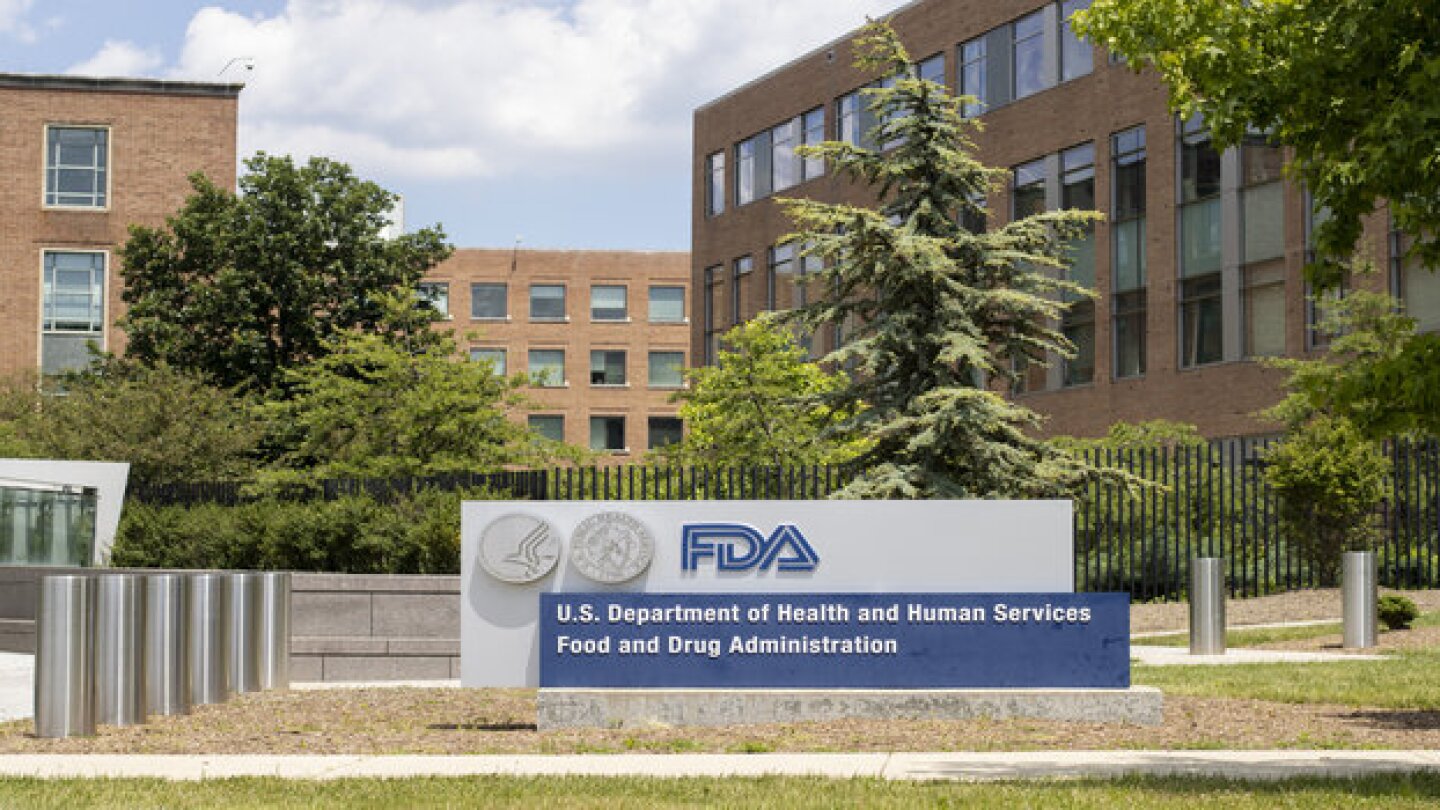Drug Development
Closely watched data from Eli Lilly and Viking Therapeutics this month have reignited the discussion around oral weight-loss drugs—and their ultimate place within the anti-obesity medication market.
FEATURED STORIES
Analysts reacted positively to the news that uniQure is in alignment with the FDA on an accelerated approval pathway and on target for a Q1 2026 submission for its one-time gene therapy for Huntington’s disease—but patients have been here before.
J&J has a multi-year head start, but Gilead believes it can win market share by delivering a drug with better safety and at least as good efficacy.
Here’s how companies can ensure they’re in compliance with new requirements that go into effect in August.
Subscribe to ClinicaSpace
Clinical trial results, research news, the latest in cancer and cell and gene therapy, in your inbox every Monday
THE LATEST
The deal, which involves a $700 million upfront payment, gives AbbVie access to ISB 2001, a clinical-stage first-in-class trispecific antibody currently being tested for certain kinds of multiple myeloma as well as autoimmune indications.
Partners Ultragenyx and Mereo BioPharma saw their stocks drop by 21% and 30%, respectively, after announcing that the Phase II/III study of their osteogenesis imperfecta candidate will proceed to final analysis, implying it did not show sufficiently strong results at an interim analysis.
The industry sector focused on aging is only about 10 years old, but acting on what scientists already know, a new crop of biotechs, backed by investors, are taking a disease-centric approach to extending the human lifespan.
BrainStorm Cell Therapeutics issued a statement Tuesday supporting a Citizens’ Petition submitted to the FDA requesting the approval of its cell therapy NurOwn, whose BLA was withdrawn in 2023. A Phase IIIb trial was scheduled to begin last month.
After issues with a batch of Jasper Therapeutics’ investigational antibody led to “lower” therapeutic effects in several patients, analysts at BMO Capital Markets said they “believe investors won’t feel comfortable coming back to the story.”
A readout from the company’s SUMMIT trial put its small molecule bezuclastinib on a collision course with rival Blueprint’s Ayvakit, which Leerink analysts said does not sufficiently treat all patients.
After a season of regulatory upheaval, obesity and rare genetic diseases will likely remain major themes for biopharma in 2025, according to Jefferies.
TIGIT-targeting therapies have largely disappointed in recent months, with failed studies, terminated partnerships and shuttered businesses. Here are five biopharma players staying alive with differentiated candidates against the once promising immuno-oncology target.
Slashing adverse drug reactions through pharmacogenetics and advanced AI could help rehabilitate the pharmaceutical industry’s reputation amid mounting criticism.
Novartis is falling farther behind AbbVie, which expanded its JAK inhibitor Rinvoq into giant cell arteritis in April.
















